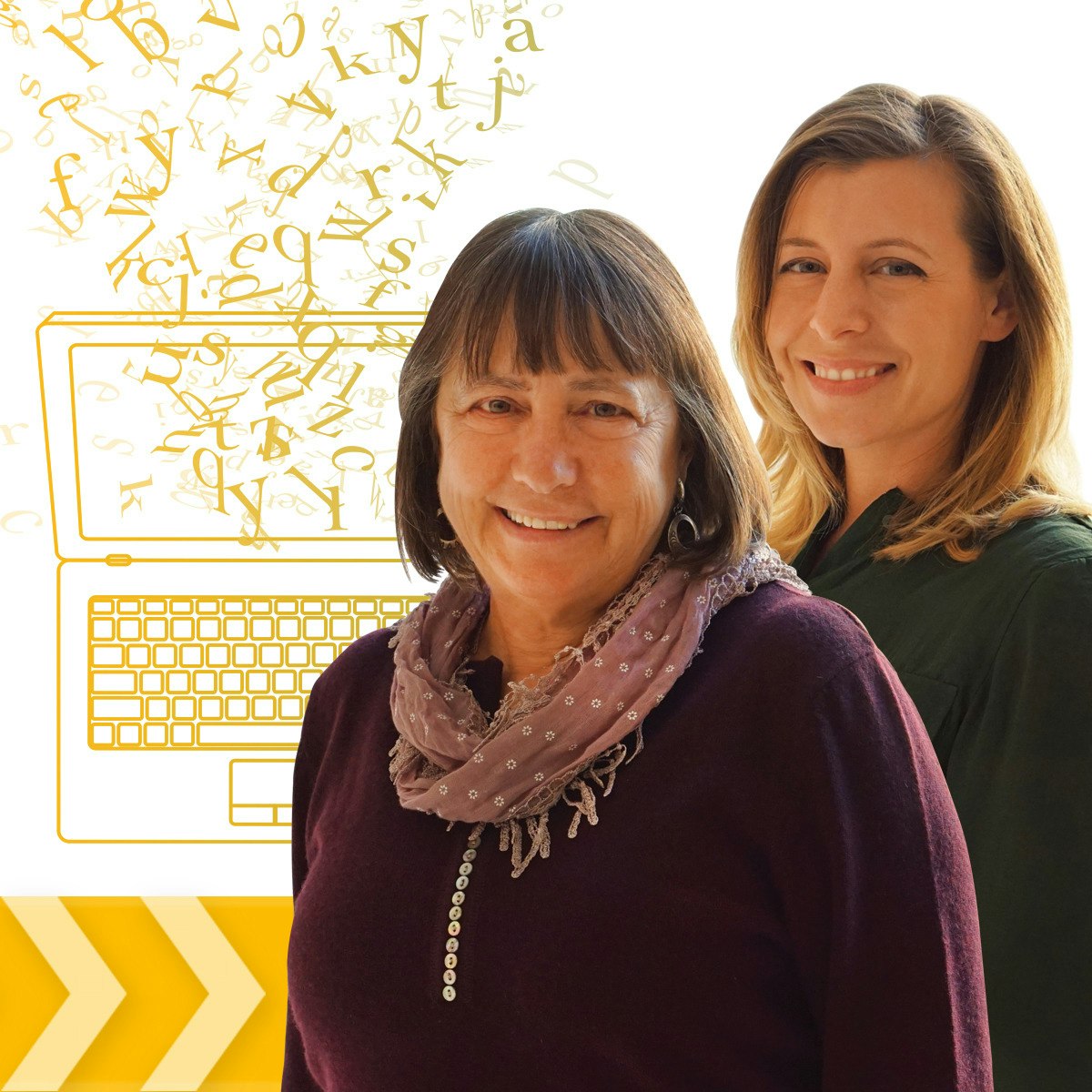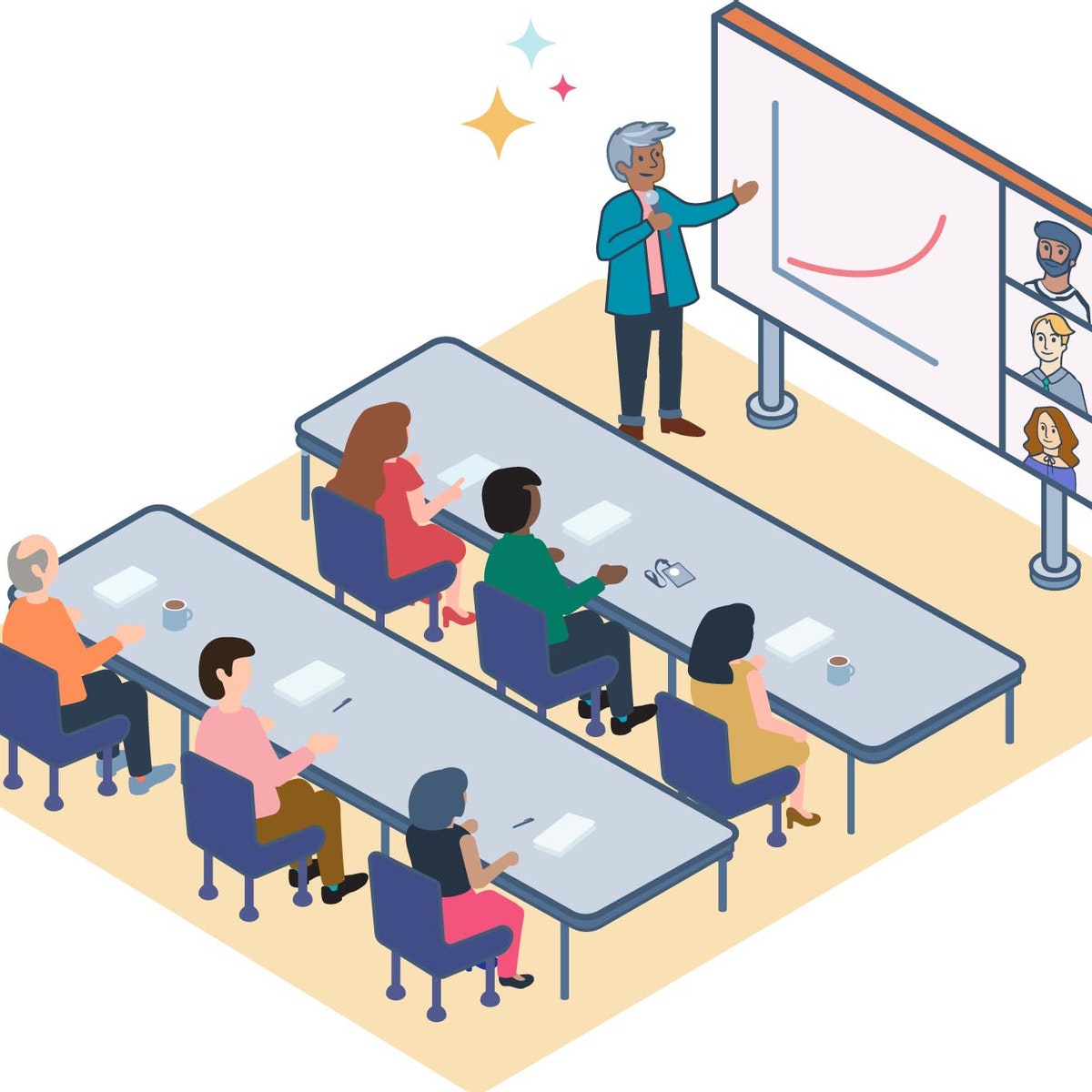Back to Courses









Business Courses - Page 19
Showing results 181-190 of 2058

Introduction to Web Development
This course is designed to start you on a path toward future studies in web development and design, no matter how little experience or technical knowledge you currently have. The web is a very big place, and if you are the typical internet user, you probably visit several websites every day, whether for business, entertainment or education. But have you ever wondered how these websites actually work? How are they built? How do browsers, computers, and mobile devices interact with the web? What skills are necessary to build a website? With almost 1 billion websites now on the internet, the answers to these questions could be your first step toward a better understanding of the internet and developing a new set of internet skills.
By the end of this course you’ll be able to describe the structure and functionality of the world wide web, create dynamic web pages using a combination of HTML, CSS, and JavaScript, apply essential programming language concepts when creating HTML forms, select an appropriate web hosting service, and publish your webpages for the world to see. Finally, you’ll be able to develop a working model for creating your own personal or business websites in the future and be fully prepared to take the next step in a more advanced web development or design course or specialization.

Improve Communication Processes Using Gmail
Sending and receiving emails efficiently is a valuable skill in the modern workplace. Many times, people find themselves sending out routine information to clients and employees which can lead to repetitious email communication. This project is designed to help you become more efficient with your email composition practices in order to save valuable time throughout the workday.
By the end of this project, you will streamline your email processes for regular communication processes. You will do this by setting up contact labels to easily disseminate information to a large group, creating email templates to quickly compose routine emails, and by creating filters to automize inbox organization.
This hands-on experience will allow you to explore some of the more advanced features of Gmail and how they can be best utilized in the workplace. By taking advantage of these advanced features of Gmail, you will be able to streamline the dissemination of routine information improves overall inbox organization in order to better prioritize urgent emails.

Compare Stock Returns with Google Sheets
In this 1-hour long project-based course, you will learn how to compare the performance of different securities using financial statistics (normal distributions) and the Google Sheets toolkit to decide which one performed the best in terms of risk-to-return (risk-to-reward) metrics. This will teach you how basic risk management using quantitative analysis is done and is applied in calculating mean returns of the stock, variance, standard deviation, the Sharpe ratio, and Sortino Ratio.
Note: This course works best for learners who are based in the North America region. We're currently working on providing the same experience in other regions.
This course's content is not intended to be investment advice and does not constitute an offer to perform any operations in the regulated or unregulated financial market.

The Creative Leader
This aims primarily at post-baccalaureate students interested in leadership theory.
The course has four modules. Module 1 covers definitions and foundations of creative leadership. Topics include, What is creative leadership? Why creative leadership? And foundations of creative leadership. Module 2 addresses the facilitative functions of the creative leader. Topics include employee creativity on an individual level; employee creativity and team complexity; and employee creativity and team diversity. Module 3 addresses the directive functions of the creative leader. Topics include directive creative leaders in politics; directive creative leaders in haute cuisine; and directive creative leaders in the arts. Module 4 addresses the integrative functions of the creative leader. Topics include integrative creative leadership and final creative products; and integrative leadership and others’ individual creative products
This is one course in the Coursera specialization, Leadership: An Introduction. It examines current trends in leadership theory invoking several disciplines, including business, sociology, philosophy, history, and psychology.
To complete this course successfully students should be able to analyze college-level readings and audio/visual presentations into understandable parts, including premises and conclusions; synthesize the results of the analysis into coherent and accurate summaries; and evaluate the results for accuracy and practical applicability.
Upon successful completion of the course, students will be able to
• Define creative leadership
• Explain the facilitative functions of a creative leader
• Explain the directive functions of a creative leader
• Explain the integrative functions of a creative leader
• Assess the value of creative leadership to contemporary organizational leadership
• Apply techniques of creative leadership to organizational challenges

Building Candlestick Charts with Microsoft Excel
By the end of this project, you will create a candlestick chart with open, high, low, and close data from the stock market, and you will also set up an auto-refresh function to get the live data. Your new skills will help you create an informative candlestick chart in Microsoft Excel to reflect trends in the stock market.

Better Business Writing in English
Do you need to write more easily and effectively in English? This course will provide the tools to help you do just that. You will develop your personal voice in your writing. You will develop strategies to plan and produce clear, understandable text. You will learn and practice specific writing skills to use in different types of business communications including cover letters, mission and vision statements, proposals , instructions and reports. You will organize, design and write clear text for Power Point Productions. Writing skills include how to choose correct noun and noun modifiers; how to choose correct verb forms and tenses; how to write a variety of clauses and sentences.
As you work through the course, you will complete self- and peer-evaluations. Many of the peer assignments will have 2 or more options so that you can choose the best path depending on your current situation. Through a combination of lectures, quizzes, supplementary resources, practice and performance, you’ll gain the skills and confidence to write well in English for your business and professional purposes.

Get Started with Facebook Business Manager
By the end of this project, learners will know how to get started with Facebook Business Manager. According to Facebook, “Business Manager allows advertisers to manage their marketing efforts in one place and share access to assets across their team, partner agencies and vendors.” By the end of this project you will know how to create a Facebook page, a Facebook Business page, and understand how to effectively manage your Facebook Business page using Facebook Business Manager.
Note: This course works best for learners who are based in the North America region. We’re currently working on providing the same experience in other regions.

Sales Enablement
This course lays out the skills and knowledge necessary to develop a marketing-driven sales enablement strategy, for beginners or those looking to hone their skills. You’ll learn the basics of sales enablement, and how to align your marketing and sales team under the same strategy and goals. You’ll learn ways to make the connection with your buyers and use content as an effective sales tool. The course will teach you about automation tools to use in your sales enablement strategy and about how to enable continued customer success after a sale.
By the end of this course you will be able to:
• Describe what sales enablement is and why it's important
• Create a vision and goal that can motivate and align sales and marketing teams
• Develop a lead qualification framework
• Create an SLA
• Plan and run effective ‘smarketing’ meetings
• Identify your target audience
• Develop a buyer persona
• Use the jobs-to-be-done framework to understand your buyer
• Create a hero statement to connect with your buyer
• Develop a content strategy to increase your sales team efficiency and velocity
• Plan a company-wide content creation initiative
• Write impactful content
• Enable ongoing customer success
• Identify technology needs for sales enablement
• Develop your technology strategy for sales enablement
This course will help you build a solid foundation for developing a sales enablement strategy and working effectively with your sales and marketing teams. The course is intended for anyone interested in jumpstarting their career in sales - whether you’re changing careers and looking for an entry-level role, or want to hone your skills in your current role as a sales representative. It does not require any background knowledge or experience to get started.
Throughout the course, you will complete exercises that allow you to apply the skills you have learned in a practical way, such as evaluating a lead qualification framework, planning a “smarketing” meeting, creating a buyer persona, and writing an email to potential customers. You will compile your work and submit it as a project at the end of the course.

Leading transformations: Manage change
We live in a globalised world of continuous change. Your ability to successfully manage change will allow you to have a positive impact on your work and your life. Via structured learning activities (video lectures, quizzes, discussion prompts and written assessment) this course will teach you how to effectively influence change by developing a ‘change mindset’, creating a productive change cycle, and leading yourself and others on the change journey. You will learn how to re-imagine change by redefining the change problem and developing a balanced and reflective change mindset. Change is inevitable but you can influence how it affects your organisation.

Create a Mortgage Calculator in Excel
By the end of this project, you will learn how to create a mortgage payment calculator in an Excel Spreadsheet by using a free version of Microsoft Office Excel.
Excel is a spreadsheet that is similar in layout as accounting spreadsheets. It consists of individual cells that can be used to build functions, formulas, tables, and graphs that easily organize and analyze large amounts of information and data.
While a mortgage calculator helps you to see how extra payments effect your principal amount. We will learn to create a budget both automatically and manually, step by step. By utilizing Microsoft Excel, you will reduce the burden of working with your lender to create an early payoff plan. It will allow you to create your own payment plan for your timeline.
Popular Internships and Jobs by Categories
Find Jobs & Internships
Browse
© 2024 BoostGrad | All rights reserved